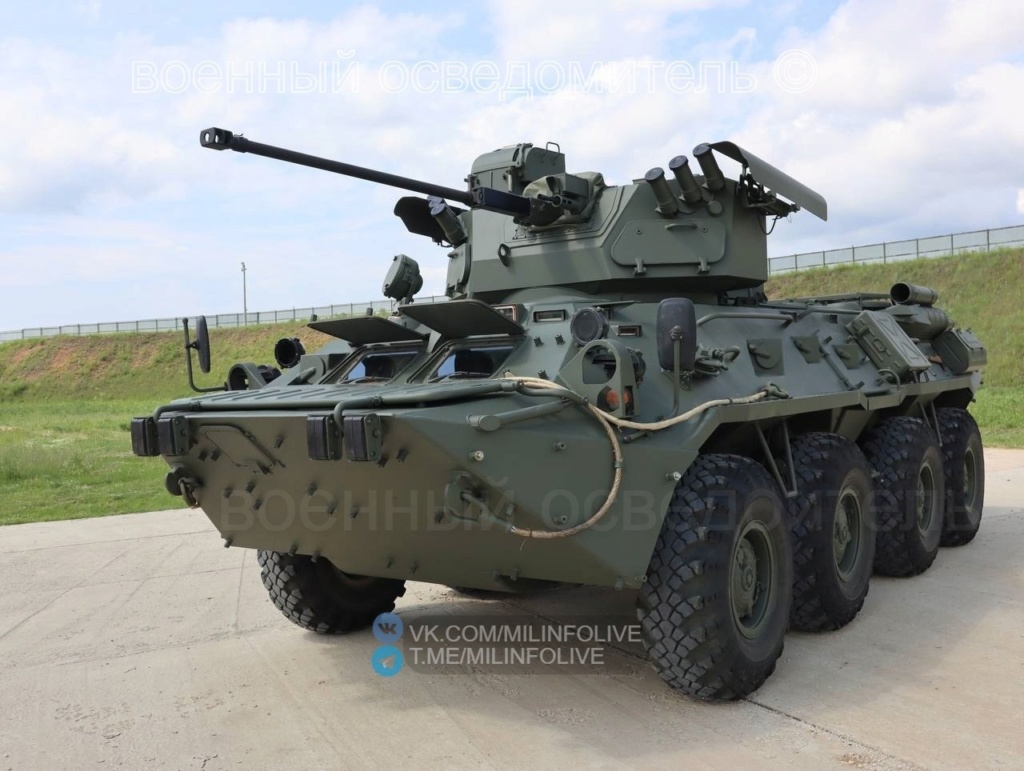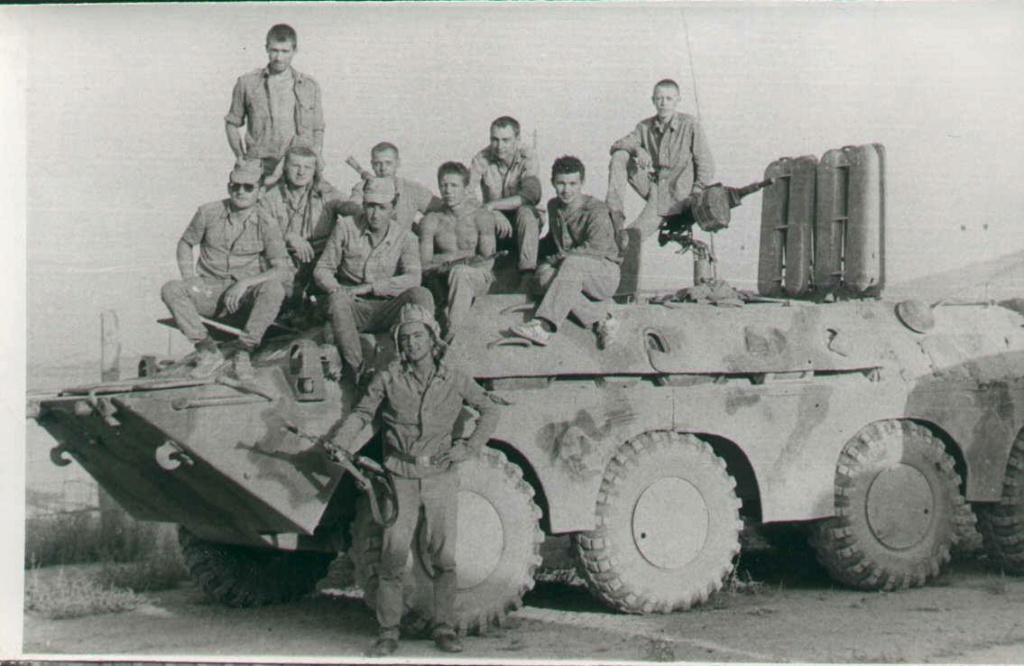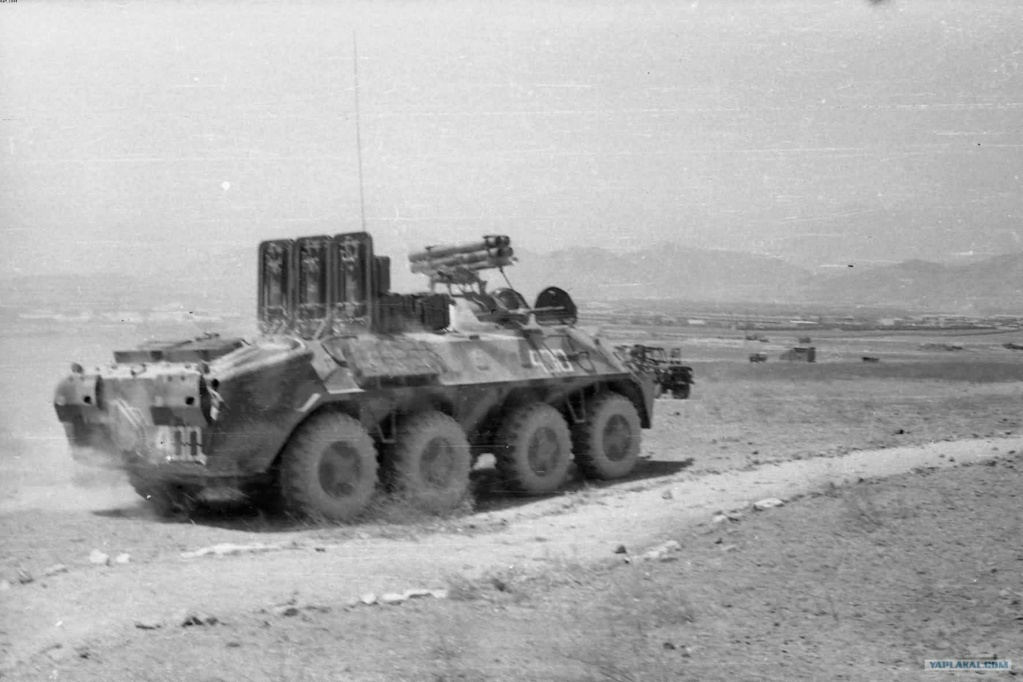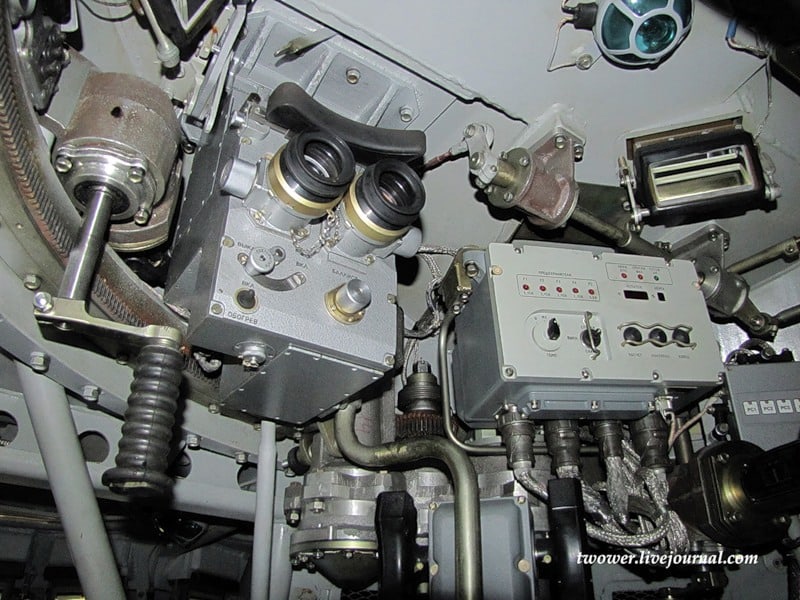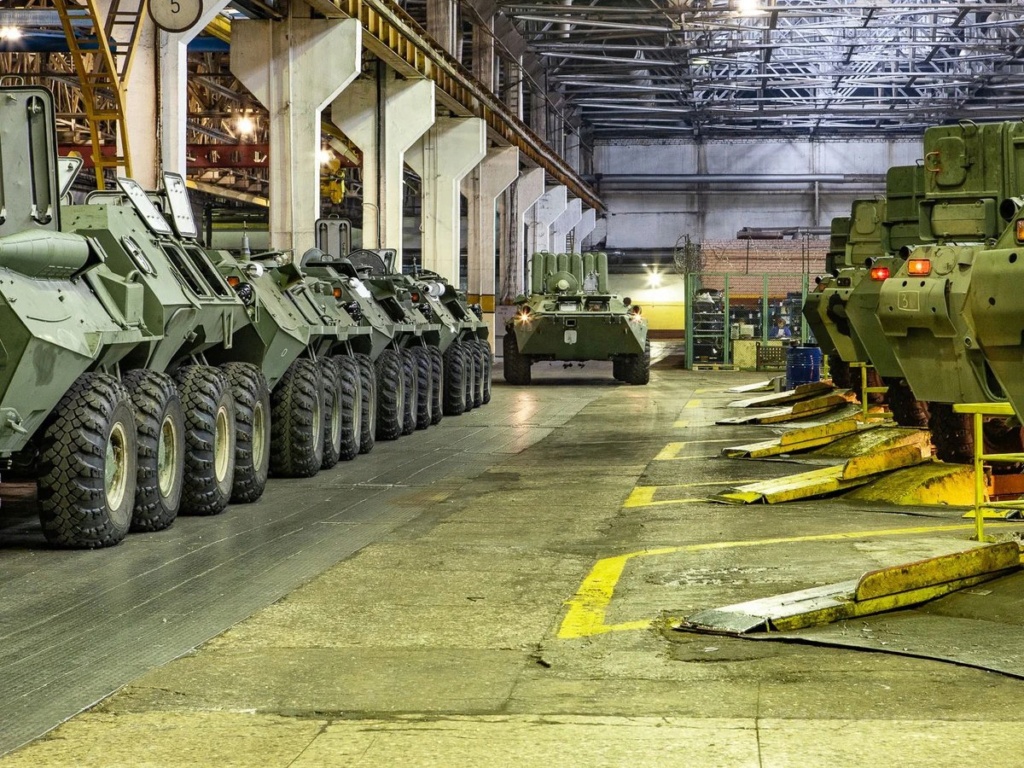The issue with grenades is their too short an effective range - especially against ATGM teams who might open fire on you from 2-3 km. They might be able to fire that far but the spread would be too wide to be of sufficient danger to the target; its a distraction at best. The flat shooting 30 mm autocannon OTOH can reach out and tap individual targets at such ranges, and with air bursts you can do aimed fire over defilade and kill the target anyway. In urban areas though, yeah a grenade launcher would be very useful.
I appreciate what you are saying but the new 40mm grenade launcher they have has a range of 2.5km and a nice big heavy bomb weight.
If you move the vehicle from cover to cover then very long range shots are difficult because of the time of flight, but then often such weapons are not fired from max range anyway.
RPGs which are much more abundant on any battlefield will be fired from much closer and a short burst of grenades is going to be much more effective than a similar burst from a machine gun especially at ranges greater than 800m.
A burst of 20-60 rounds of rifle calibre machine gun ammo will get the enemy to take cover and might get a few hits if you are lucky.
A burst of 6-8 x 40mm grenades on the other hand would spread shrapnel all around the point of aim... the low velocity of the grenades is useful in this case because while it gives the targets time to move while the grenades are in flight the wide spread of fragments will make taking cover more problematic because the fragments will go in all directions around the point of impact of the grenades... getting something heavy like a wall between you and the enemy vehicle is not sufficient if the grenades are lobbed over the wall and land beside you.
With the enormous increase in drones on the battlefield the ability to land grenades next to a target only becomes easier to achieve.
Bounding airburst 40mm grenades are already in use with their under barrel grenades so a larger model for the 40mm grenade launcher should be pretty standard too... and that makes them devastating.
Normal impact grenades means fragments and damage to the legs and lower body which is dangerous but not normally life threatening.
Airburst grenades that detonate at 1.5m to 2m altitude are likely to create head and upperbody injuries, which while normally better protected on most soldiers, are also vastly more effective at killing people.
You could easily use a mixed belt of both.
What I am trying to get across is that at 2km a PKT is a signal gun... you would need very long bursts against large groups of enemy troops in the open to get any hits.
At 2km a 40mm grenade launcher is very very effective... especially with a modern fire control system and night and all weather optics and precision servos aiming and stabilising the weapons.
They included a roof mounted 30mm grenade launcher on the BMP-2 upgrade which they introduced into service and it has a manned turret.
This is unmanned so you could scab a separate metal container on the outside next to the launcher for the ammo so even if it explodes it has to penetrate the lining of the magazine and the turret and travel through the turret to the turret floor and then through the turret floor to the hull of the vehicle and then through the hull of the vehicle to injure the crew.
I am not saying it is impossible but there are missile tubes and 30mm cannon rounds and rifle calibre machine gun rounds in there too that could also be targeted... there is already ammo there.
With a vehicle mount the dispersal at 2km is likely not enormous... obviously longer bursts would be used... perhaps 10-20 grenades to ensure a good coverage of fragments around the point of aim, but that would be a good thing anyway because the time of flight would likely mean a few seconds where the target is moving and the grenades are on their way so a wide area of fragmentation would be a good thing.
Of course they are 40mm grenades, they are not 82mm mortar bombs, but breaking that 4kg mortar bomb into 20 x 200 gramme little bombs and spread them around the point of aim actually makes them more effective on soft targets or targets behind frontal cover.
In the same way that a cluster bomb is often more effective against troops in the open than a single bomb of the same weight.
The ammo is bulky but tacked on the back of a turret should be no problem, in terms of complexity and cost the mount can be very very simple... fixed horizontally so it turns with the turret like the main gun and able to elevate separately to allow aiming up high and down low.
The weight penalty would be minor... it is an area soft target weapon so extreme precision could probably be achieved at closer ranges... perhaps putting rounds in windows out to 900m or so, but most of the time it would be used against enemy positions... snipers, MG positions, RPG teams or ATGM launch positions.
With the use of drones you could lob rounds over cover and hit targets that have no idea where you are, which you can't really do with a high velocity 30mm cannon... which is also a very capable and powerful weapon, but they are different enough to be complimentary... against any particular target one weapon will be better than the other... giving them the choice is a good thing.
